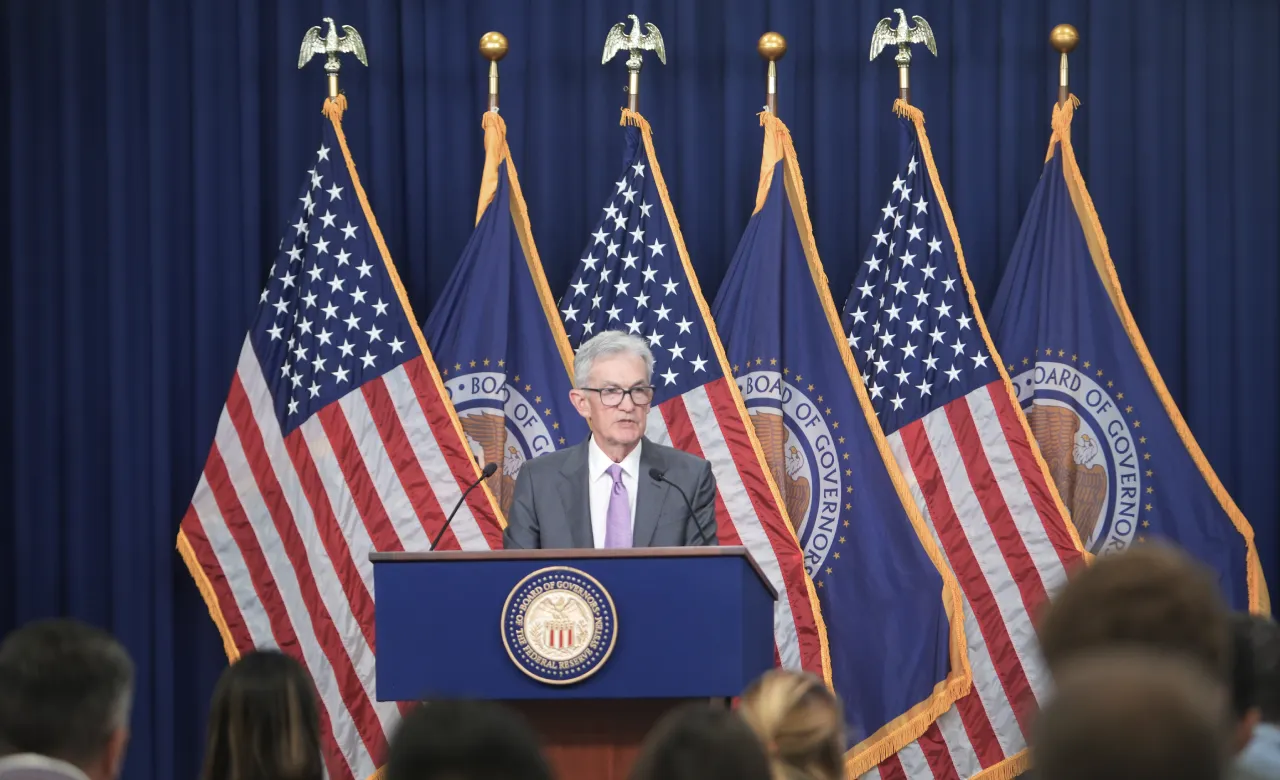What is Currency Appreciation?
Currency appreciation is the increase in the value of one currency compared with another currency. In other words, the same unit of a currency can buy more units of goods or services in the international market compared to before.
Currency appreciation can occur for several reasons. One of the most common reasons is when the demand for a particular currency increases due to positive economic conditions or expectations of strong economic growth. When the economy of a country is growing rapidly, investors may have more confidence in that country’s currency, leading to an increase in demand and appreciation in value.
Another reason for currency appreciation can be an increase in interest rates by a country’s central bank. This is because higher interest rates can attract foreign investors looking for better returns, leading to an increase in demand for that currency and appreciation in value.
How does the Currency Appreciation?
Currency appreciation is influenced by various economic and political factors, including:
- High interest rates: When a country’s interest rates are high relative to other countries, it can attract foreign investment, leading to an increase in demand for that country’s currency and appreciation in value.
- Strong economic growth: A country with strong economic growth can increase demand for its currency as investors seek to invest in that country, leading to appreciation.
- Political stability: Political stability can increase confidence in a country’s economy and government, leading to increased foreign investment and appreciation in currency value.
- Trade surplus: A country with exports more than it imports, can lead to increased demand for its currency as buyers of its exports must convert their currency to that of the exporting country.
- Central bank intervention: Central banks can buy their own currency in the foreign exchange market, increasing demand and leading to appreciation.
Advantages and Disadvantages of Currency Appreciation
Currency appreciation can have both benefits and drawbacks for different groups of people and businesses depending on the specific circumstances and industries involved.
Benefits of currency appreciation:
- Consumers & Importer: Consumers benefit from currency appreciation when it makes imports cheaper. When a country’s currency appreciates, it can buy more foreign goods and services for the same amount of money. This means that consumers can enjoy cheaper prices for imported products and services, which can help to reduce inflation and improve their standard of living.
- Tourists: Tourists from countries with stronger currencies benefit from currency appreciation when traveling to countries with weaker currencies. Their currency can buy more local currency, making their trip more affordable.
- Investors: Investors who hold assets denominated in a currency that appreciates can benefit from higher returns when converting those assets back into their home currency. For example, if a US investor buys shares in a company based in the UK and the pound sterling appreciates against the US dollar, the investor will earn a higher return when they convert their shares back into US dollars.
Drawbacks of currency appreciation:
- Exporters: Exporters in a country with a strong currency may find it more difficult to sell their products abroad as the appreciation of the currency makes their products more expensive for foreign buyers. This can lead to a decline in exports, lower sales, and reduced profits.
- Domestic manufacturers: Domestic manufacturers may also find it difficult to compete with cheaper imports when a country’s currency appreciates, as foreign goods become relatively cheaper. This can lead to lower domestic sales and reduced profits.
- Tourist industries: Tourist industries in countries with stronger currencies may see a decline in tourism as the stronger currency makes it more expensive for tourists from other countries to visit.
Currency appreciation can have both positive and negative impacts on a country’s economy. On the positive side, appreciation can lead to cheaper imports and make it easier for the country to borrow money from foreign investors. On the negative side, it can make the country’s exports more expensive, reducing demand for its goods and potentially leading to a trade deficit.
Example of Currency Appreciation Situation
Let’s say that the exchange rate between the US dollar (USD) and the Euro (EUR) is 1 USD = 0.85 EUR. This means that it takes 0.85 Euros to purchase 1 US dollar.
Once the USD appreciates against the Euro, the exchange rate might change to 1 USD = 0.90 EUR. This means that it now takes 0.90 Euros to purchase 1 US dollar, or in other words, the Euro has depreciated relative to the US dollar.
In this situation, US importers would benefit from the appreciation because it now takes fewer US dollars to purchase the same amount of Euros. For example, if a US importer needed to purchase 1,000 Euros worth of goods, it would have cost them $1,176.47 USD (1,000 Euros / 0.85 exchange rate).
However, if the exchange rate changed to 0.90, the importer would only need to pay $1,111.11 USD (1,000 Euros / 0.90 exchange rate), saving them $65.36 USD.
On the other hand, European exporters would face challenges because their products would become more expensive for US buyers. For example, if a European exporter previously sold goods for 1,000 Euros, they would have received $1,176.47 USD (1,000 Euros x 0.85 exchange rate).
However, if the exchange rate changed to 0.90, they would only receive $1,111.11 USD (1,000 Euros x 0.90 exchange rate), which is a loss of $65.36 USD.



